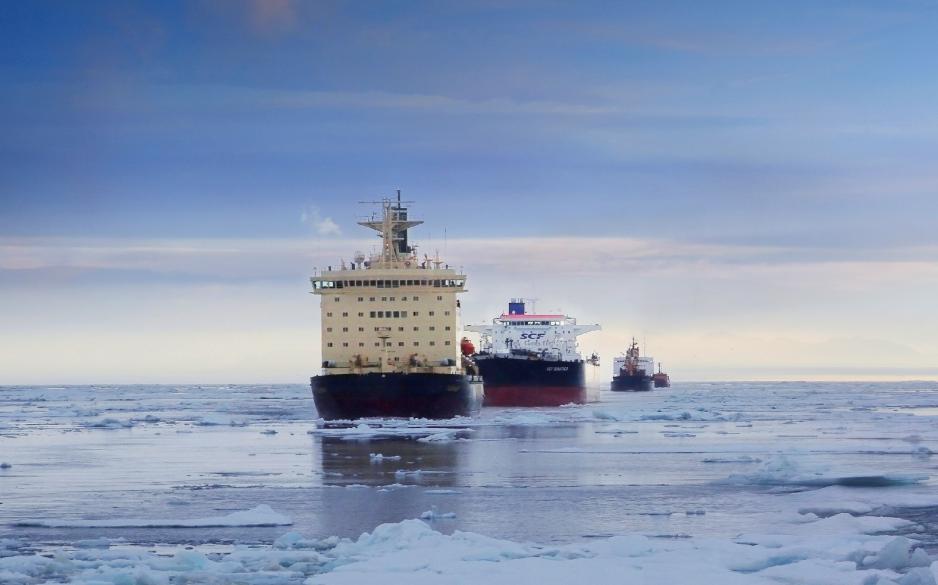Americas clean Medium Range tanker owners are looking to carry crude oil, dirtying up Medium Range and Long Range 1 refined products tankers, to take advantage of higher time-charter equivalent earnings in the small and midsize crude tanker sector.
After a slowdown on major long-hauls, such as the 60,000 mt USGC-TA coming down 38% since the beginning of May to where Platts last assessed the route at w75, or $17.49/mt, for May 15 to a low for the year. Given the lower freight environment, shipowners are looking to carry crude oil, notably, in Long Range 1 tankers.
It takes multiple cycles of gasoil/diesel to make a tanker suitable to carry refined product cargoes again, signaling a strong move of shipowner discontent with clean tanker earnings for the region, valued below $9,000/d on a round-trip basis 60,000 mt USGC-UKC at w75, where Platts last assessed freight May 17.
Earnings favor Red Sea over USGC
Shipowners have struggled to fix trans-Atlantic voyages for the year, data from Commodities at Sea shows, as total completed loadings for the USGC-UK/Continent route at 3.1 million barrels loading off the USGC for NW Europe discharge were down from the 4.1 million seen in March and still lower than the 3.5 million transported for February.
However, shipowners sought to dirty up clean LR1s to put into Panamax service, which can carry 350,000 to 500,000 barrels of crude oil.
Midsize crude tanker time-charter equivalent rates jumped to record highs of roughly $60,000/d for Q1 of 2023, according to Teekay tankers’ first quarter 2023 earnings presentation.
“It pays $14,000/d better for a ship open on the US Atlantic Coast to ballast to the Red Sea and load there versus staying here,” a shipowner said.
Currently, Long Range 1 tankers at w75 for the USGC-UK/Continent on a round-trip basis are calculated to earn roughly below $9,000/d, according to sources.
“We should soon see the Arab Gulf pull a lot of ships,” a shipowner said.
Middle Eastern oil demand for Q3 2023 is expected to rise 470,000 b/d to 10.59 million b/d, according to S&P Global Commodity Insights’ Global Oil Demand Monthly outlook.
There is a notable increase in the movement of fuel oil and crude oil from the Middle East/Red Sea to the Western Hemisphere, including the Mediterranean and the US market.
According to Kpler, the average monthly export volume of crude oil and fuel oil from the Persian Gulf/Red Sea region to the US in 2022 was 2.58 million barrels, marking a 115% increase from the 1.2 million barrels average in 2021.
Lucrative Red Sea market pulls in shipowners
Many owners operating both Aframax and clean tankers and are treating it as a transfer of funds between their pockets.
“It’s a way to balance their assets,” an East of Suez Aframax broker said.
He said it also functions as a strategic approach, providing the flexibility to choose between clean and dirty products for loading if the clean market is not favorable.
Routes from the Persian Gulf to the Red Sea are paying around lump sum $1.5 million, generating daily earnings ranging from the high $30,000/d to the low $40,000/d for owners. Meanwhile, the Persian Gulf to the US Gulf Coast route is paying a lucrative lump sum $4.1 million, according to recent fixing activity reported.
Meanwhile, out of the Red Sea, due to the uncertainty and risks associated with the civil war in Sudan, South Sudan’s Nile and Dar blend crudes from Bashayer are commanding a premium.
Owners will receive compensation for cancellation fees if charterers fail to provide the cargo, especially if the situation worsens.
Dirty tanker segment dominating in Americas
The Americas Panamax market has been at sky-high levels in recent days, seeing a knock-on impact from active fixing in the Aframax and Suezmax segments for both local and trans-Atlantic runs.
A shift in trade flow patterns after Russia’s invasion of Ukraine in February 2022 has led to the boost in rates as the smaller Panamax ships have stepped in for Aframaxes, which are increasingly being utilized for lightering and trans-Atlantic jobs.
Panamaxes have been immune to heightened volatility cycles seen on midsize tankers, but rates have remained high. The 50,000 mt Caribbean-USGC run has averaged $33.52/mt so far in 2023, up 88% from the same period in 2022. Freight for the route reached all-time highs Nov. 28-29 of 2022 of $55.88/mt.
Source: Hellenic Shipping News






